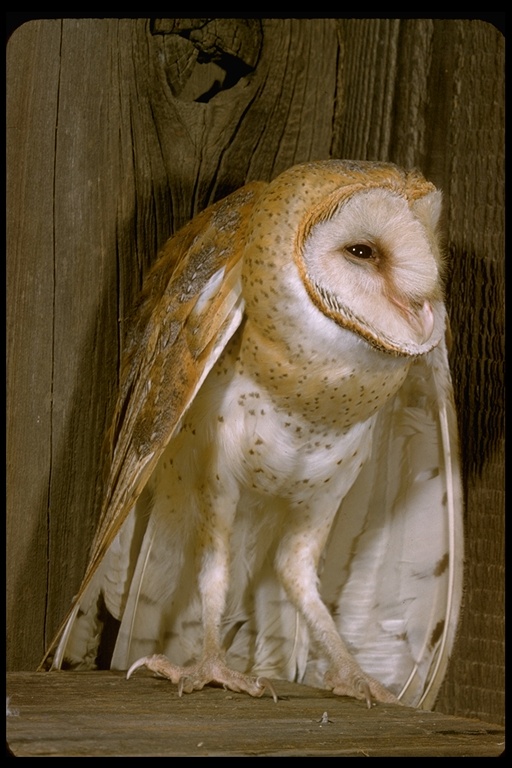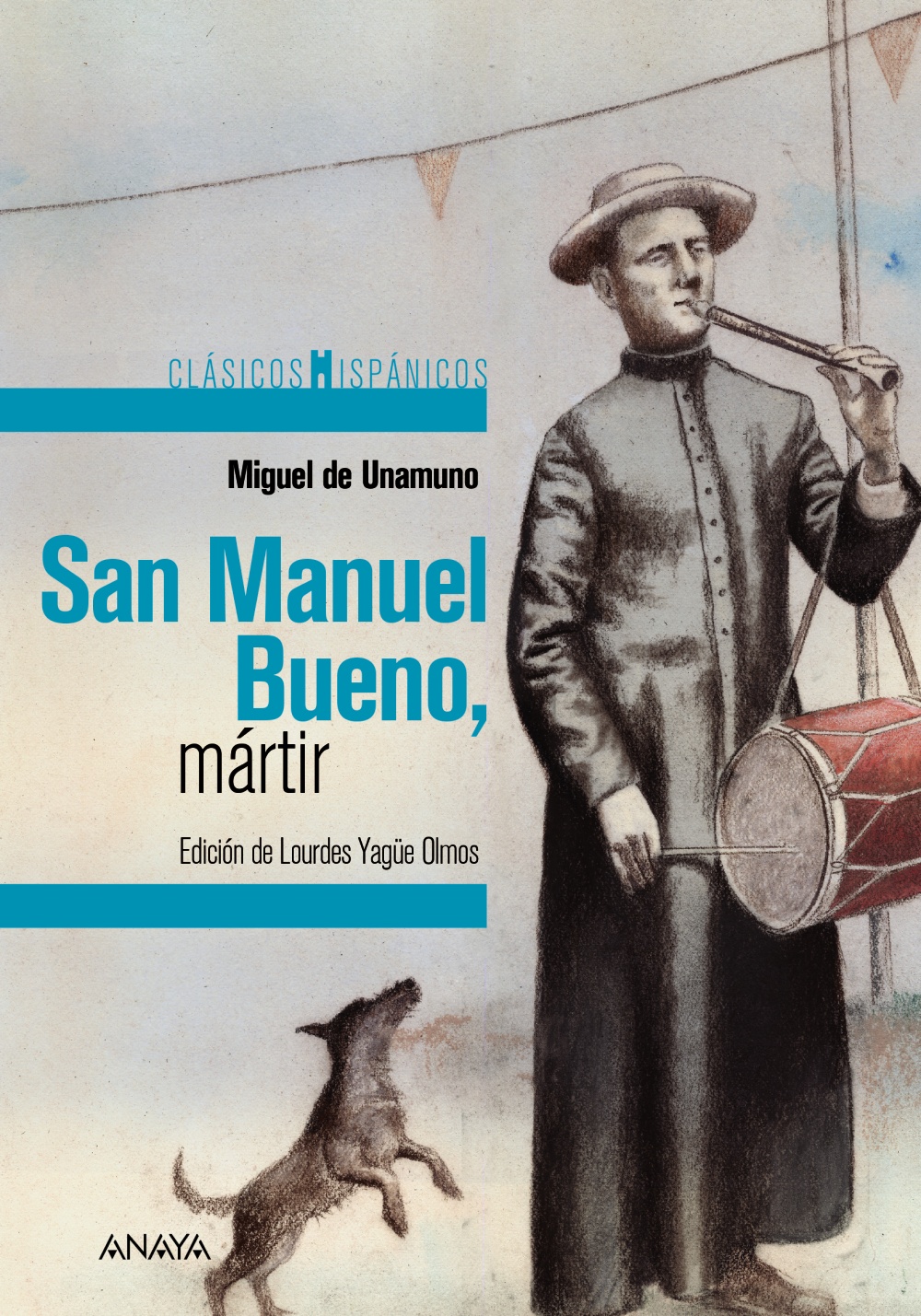
The exact origin of the lechuza legend is unknown, though it is possible that an actual giant owl was the inspiration for the story.

Stories of the lechuza are thought to have been around since the Spanish colonized Mexico. Various methods are claimed to protect against the lechuza: tying seven knots in a rope and hanging it by the front door, throwing salt and chili powder into the bird’s face, shooting the bird, or reciting the Magnificat, a Christian prayer to the Virgin Mary. She lures her targets, often children or drunk people, out of houses by crying like a baby or by swooping down on cars late at night. Sometimes the owl is variously depicted as black or white and sometimes with the head of the old woman.Įxactly what the lechuza does to exact revenge varies widely across tellings of the story, though most reference the lechuza carrying away unsuspecting prey to her lair. As the story goes, an old woman shape-shifts into a giant owl, La Lechuza, to take revenge on people who wronged her during her life. Considering all this, I think that you can probably safely get away with using either "lechuza" or "búho" in order to refer to all owls without anyone looking at you strangely.Lechuza-a Spanish word for a type of owl, especially the barn owl-is a myth popular throughout northern Mexico and Texas. The other family, Strigidae, includes animals which are variously referred to as búhos, lechuzas, mochuelos, tecolotes, autillos, cárabos, el ñacurutú and el chuncho, among others. The common term "lechuza" refers to the family Tytonidae (barn owls). This order is also further subdivided into two general families. In terms of Linnaean classification, however, the term "owl" is a word used to reference all animals of the order Strigiformes (las estrigiformes). That is to say that most people are not particularly interested in taxonomic names. This is probably due to the fact that most people don't go around naming animals by their Linnaean classification. In addition there are several other common names given to various types of owls such as mochuelos, autillos, cárabos, nuco and caburés.Īll that being said, I think that in Spanish any distinction that might exist between the terms "lechuza" and "búho" is often lost in everyday speech (as already alluded to by Gekkosan), just as in English many people will only make reference to "owls" rather than drawing a distinction between horned-owls and barn-owls. For example, the Short-eared owl ( Asio flammeus) has "ear tufts" which are not immediately apparent and this is reflected in the fact that it is commonly referred to as both "búho campestre" and "lechuza campestre."Įven more confusing, in certain countries (México, El Salvador, Guatemala and Honduras), horned-owls (búhos) are sometimes referred to as tecolotes. With some owl species, the distinction is not alway immediately apparent. I think that the use of the word "búho" for certain types of owls is probably related to the fact that the word stems from the Latin word "bubo." Coincidentally, the animal of the genus and species Bubo bubo is "Búho Real" (in Spanish). When you look at the definition of " Lechuza" in the RAE, it seems to be a description of the common barn owl, Tyto alba, or in Spanish, "Lechuza común," a type of owl which consequently is of the un-horned variety. los ojos grandes y colocados en la parte anterior de la cabeza, sobre la cual tiene unas plumas alzadas que figuran orejas. de color mezclado de rojo y negro, calzada de plumas The RAE also makes reference to the fact that the word "búho" refers to owls of the horned variety: Habitualmente designa especies que, a diferencia de los búhos, no tienen plumas alzadas que parecen orejas.


Lechuza es el nombre común de varias aves del orden de las estrigiformes. Regarding the difference between the two, (if there is a distinction to be made), I believe that Eddy is correct that owls with tufts of feathers which stick up over their heads (sometimes referred to as "horns" or "ears") are sometimes designated as "búhos." Here is a Wikipedia exerpt:


 0 kommentar(er)
0 kommentar(er)
